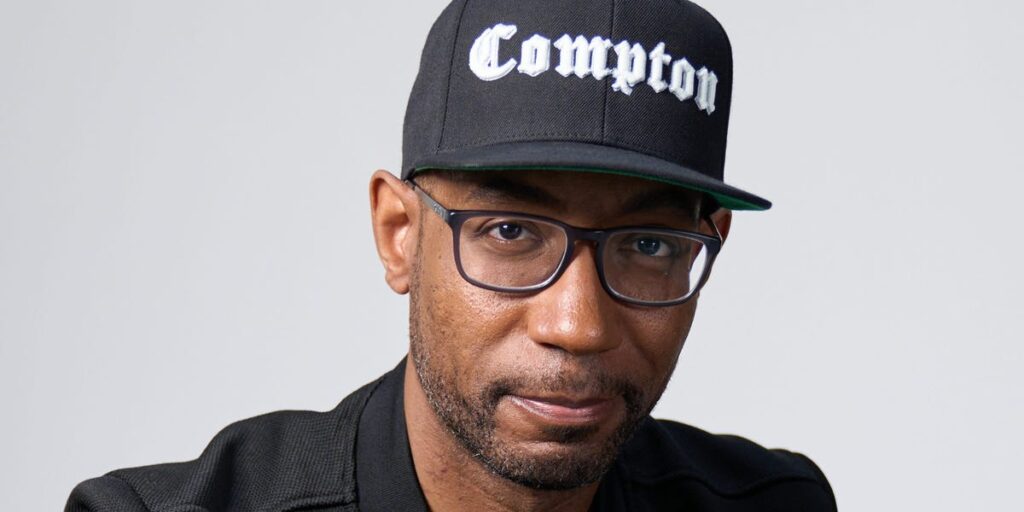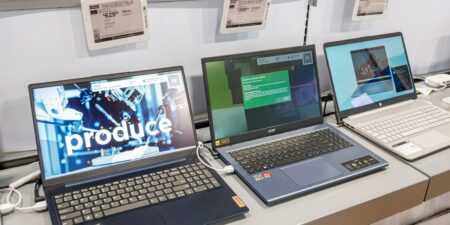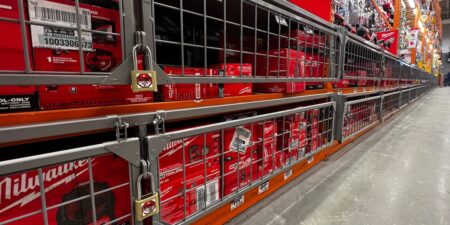Anthony Mays was first introduced to coding when he was seven, playing with a toy computer.
“I was very attracted to the idea that I could make things and that I could own the things that I make,” Mays told Business Insider.
While still in high school, he got his first job as a programmer analyst for a local bank.
He continued to intern at the bank every summer in college and landed his first full time job there after graduating from the University of California, Irvine, in 2006.
Mays worked at the bank for another four years before transitioning to two other companies.
In 2011, Mays interviewed at Google but failed a technical interview round because, he said, he did not prepare for the right topics.
“I ended up trying again a couple of years later after Google reached out three times,” he said. “I was able to succeed in 2013.”
This is the résumé that Mays used during his successful Google application. BI has verified his employment history.
After an eight-year stint at Google, Mays left the company to start his own tech career consultancy.
Looking back on his 2013 résumé, the career coach said there were three things he likes and three things he would change if he were to re-write the document today.
Here is what he would keep the same:
- Separate skills section: “One thing that I thought was super useful was having those skills and languages along the right side,” he said about the second column of his résumé. “It seems like there’s a lot more stuff that I know just because it takes up a lot of vertical real estate.” This layout also helped people quickly get to the experience section.
- Why before the how: Mays liked that the résumé emphasized the impact he created. “If I can convince somebody that what I did was important, then they’ll want to know how I did it.” For example, he added that his enhancements increased the speed of deployment by 50%. Then, “I tell you how I did it — I did that by using zip compression tools and algorithms.”
- Simplify jargon: For technical jargon like names of software, Mays was careful not to assume that everyone reading his resume would know what some abbreviations mean. Just like formal writing, he uses the full names for each of those software on first mention, and use short forms after that. “You have to know your industry to know when it is appropriate to rely on an abbreviation versus not.”
Here are the changes he would make:
- More numbers: To better show impact, Mays would include more datapoints about the impact of his work. For example, he worked on a project to support a system for an e-commerce platform. For a big sales day like Black Friday, he would have highlighted how many thousands of people used the website per second to show the scale he was working at.
- Professional summary: Mays said that his 2013 résumé also lacked a professional summary. “Ultimately, a résumé is going to tell a story, and it’s your job as the storyteller to make that narrative as easy to understand for someone who’s only going to look at your résumé for maybe five seconds.” The summary should say why you’re the perfect person for the role, he said. In his latest résumé, Mays added three lines summarizing his roles, what he is passionate about and how he wants to add value to businesses.
- Business impact: Mays recommends his clients follow a “résumé formula” that looks like “I accomplished X as measured by Y, doing Z.” But for his own resume, he thinks he could have followed it better. For some of his bullet points, Mays talked about how he achieved something, but left out what impact his technology created on the company. “The business context is missing from that bullet point.”
Mays worked at Google’s Irvine, California, office as a software engineer until 2022. He left to become an interview coach and public speaker.
Do you work in tech, consulting, or finance and have a story to share about your career journey? Please get in touch: shubhangigoel@insider.com
Read the full article here















